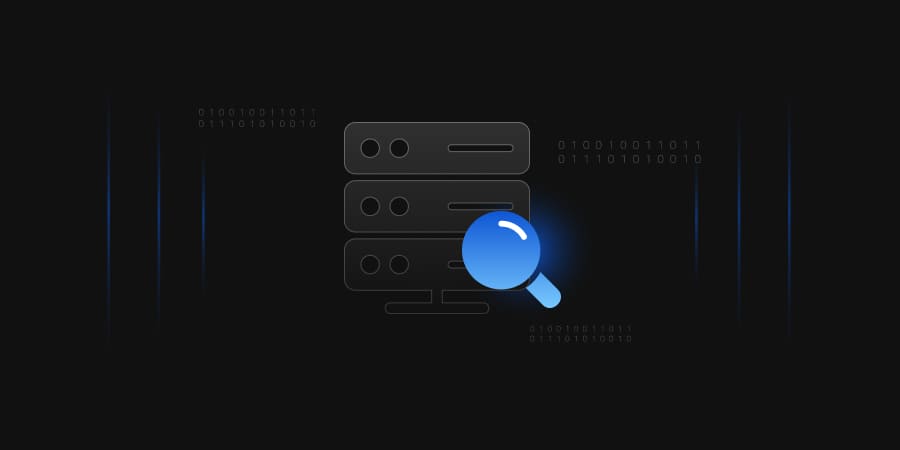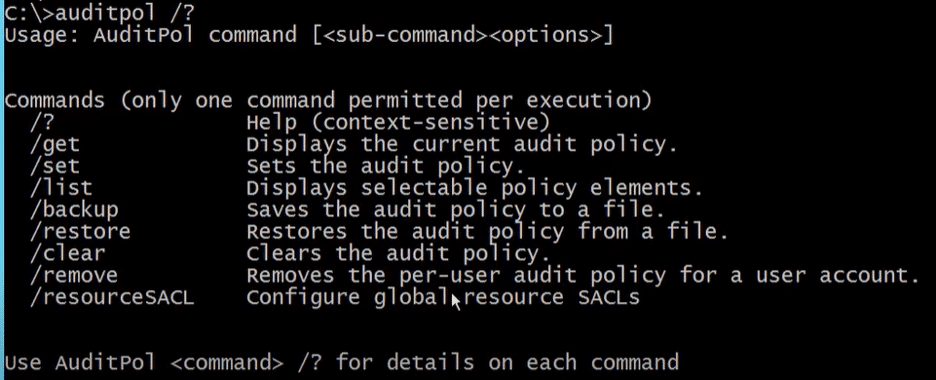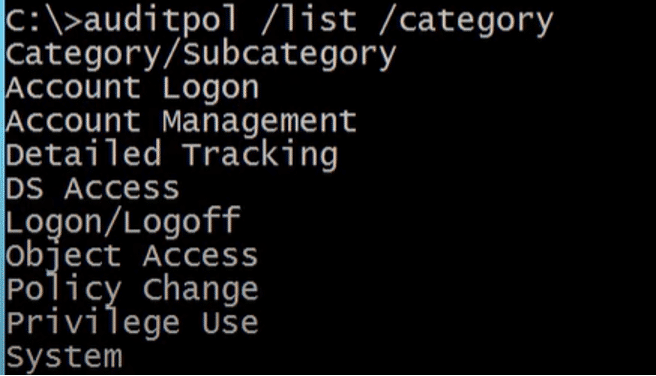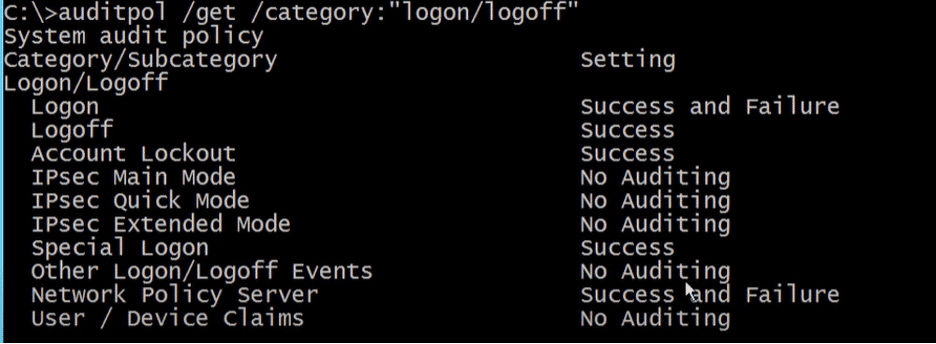Certificate Lifecycle Management
Enable certification Authority Advanced Audit Filter to create a secure architecture in your organization

Certificate Lifecycle Management

Setting up Audit is one of the key aspects of any security architecture. For ADCS, logging is important as well. You may enable and set up Active Directory Certificate Services auditing using the instructions given in this article.
The first step is to ensure that auditing is enabled on your ADCS servers.
For this, Run the auditpol command and make sure “Registry” and “Certificate Services” advanced auditing are turned on.
Windows captures logs of all kinds which may not be useful to us and cause a lot of confusion and loss of focus. To address this, Microsoft has introduced auditpol. Auditpol is used to categorize granually these logs at user level.
Remember to refresh the group policy after you have enabled it!

Some more examples to use auditpol are shown below :


In our ADCS use case we will use:
auditpol /get /category:*

The next step is to enable monitoring using the ADCS snap-in.
To do this, perform the following steps on the ADCS server.

The next step is to enable the certificate template changes using the certutil command.
certutil –setreg policy\EditFlags +EDITF_AUDITCERTTEMPLATELOAD
Some changes can be made directly through the registry, so registry auditing should be enabled. For this you need to:
Restart the server and see your changes. After rebooting, you will see various event IDs in the security log.

Reboot your server and verify the changes. After the reboot, you should see different event IDs in your Security logs.
Now we have the ADCS auditing up and running.
You can also sieve the audit logs via Azure Arc and Azure Sentinel as well using “Data Collector Rules” in MS Azure.